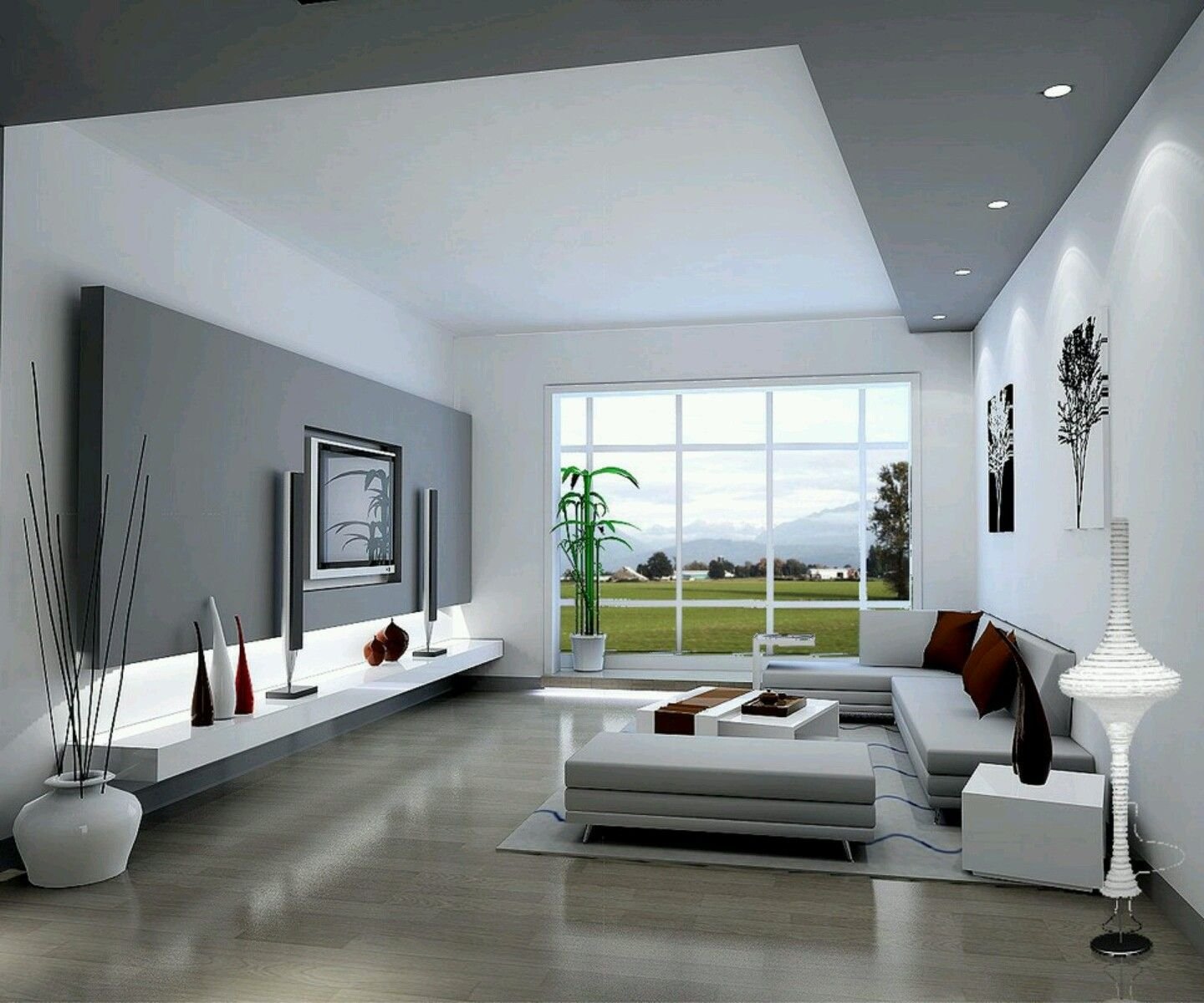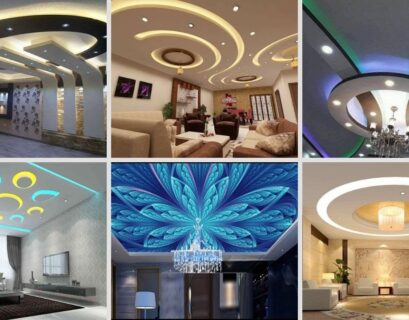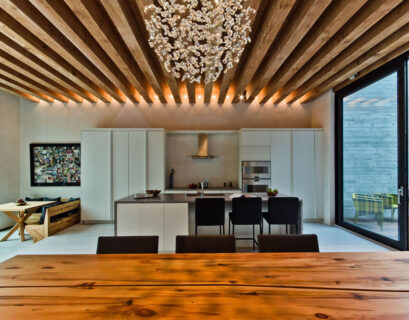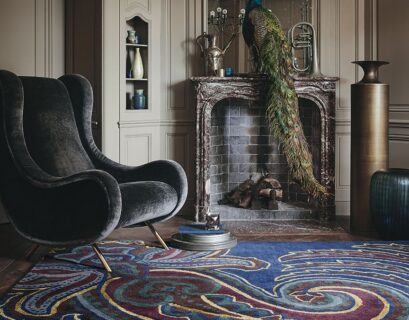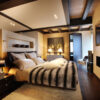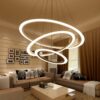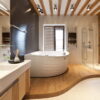In the realm of interior design, décor is more than just a superficial layer; it’s the embodiment of personal taste and the finishing touch that can transform a space from ordinary to extraordinary. “Artful Accents: Elevating Spaces with Inspired Décor” delves into the essentials of using décor to enhance and personalize your living environment. From color palettes to furniture arrangement, and from innovative trends to practical maintenance tips, this comprehensive guide will help you create spaces that are not only beautiful but also uniquely yours.
The Importance of Décor in Interior Design
Creating a Personal Atmosphere
Décor serves as a medium through which individuals can express their unique personalities and preferences. It’s the key to making a space feel like home, reflecting who you are and what you love. Whether through vibrant colors, eclectic furniture, or meaningful artwork, décor creates an environment that is both inviting and comforting.
Key Points:
Personal Expression
Use décor to showcase your individuality.
Comfort and Warmth
Create an atmosphere that feels welcoming and relaxing.
Functional Aesthetics
Ensure that décor enhances both the look and functionality of a space.
Reflecting Individual Style
Your home should be a reflection of your personal style, and décor is the primary tool for achieving this. By selecting pieces that resonate with your aesthetic preferences, you create a cohesive and harmonious environment that speaks to your tastes.
Key Points:
Style Cohesion
Choose décor that aligns with your overall design vision.
Personal Touches
Incorporate elements that have sentimental value or personal significance.
Balance and Harmony
Ensure that décor pieces complement each other and contribute to a unified look.
Enhancing Aesthetic Appeal
Décor has the power to significantly enhance the visual appeal of any space. By carefully choosing colors, textures, and patterns, you can elevate the aesthetic quality of a room, making it more engaging and visually pleasing.
Key Points:
Visual Interest
Use décor to add depth and character to a room.
Texture and Pattern
Incorporate different textures and patterns to create a dynamic visual experience.
Focal Points
Highlight key areas of the room with strategically chosen décor items.
Key Elements of Inspired Décor
Color Schemes and Palettes
Color is one of the most influential aspects of décor, affecting both mood and perception. A well-chosen color scheme can set the tone for a room, creating a sense of calm, energy, or sophistication.
Key Points:
Color Theory
Understand the emotional impact of different colors.
Color Palettes
Choose palettes that enhance the mood you want to create.
Accent Colors
Use bold or contrasting colors to create focal points or highlight specific areas.
Furniture and Layout
The arrangement and selection of furniture play a crucial role in both the functionality and aesthetics of a room. The right furniture can enhance comfort, while a thoughtful layout maximizes space and promotes a harmonious flow.
Key Points:
Furniture Selection
Choose pieces that fit the style and scale of the room.
Layout Optimization
Arrange furniture to facilitate movement and create an open, inviting space.
Multi-Functional Pieces
Incorporate furniture that serves multiple purposes to maximize utility.
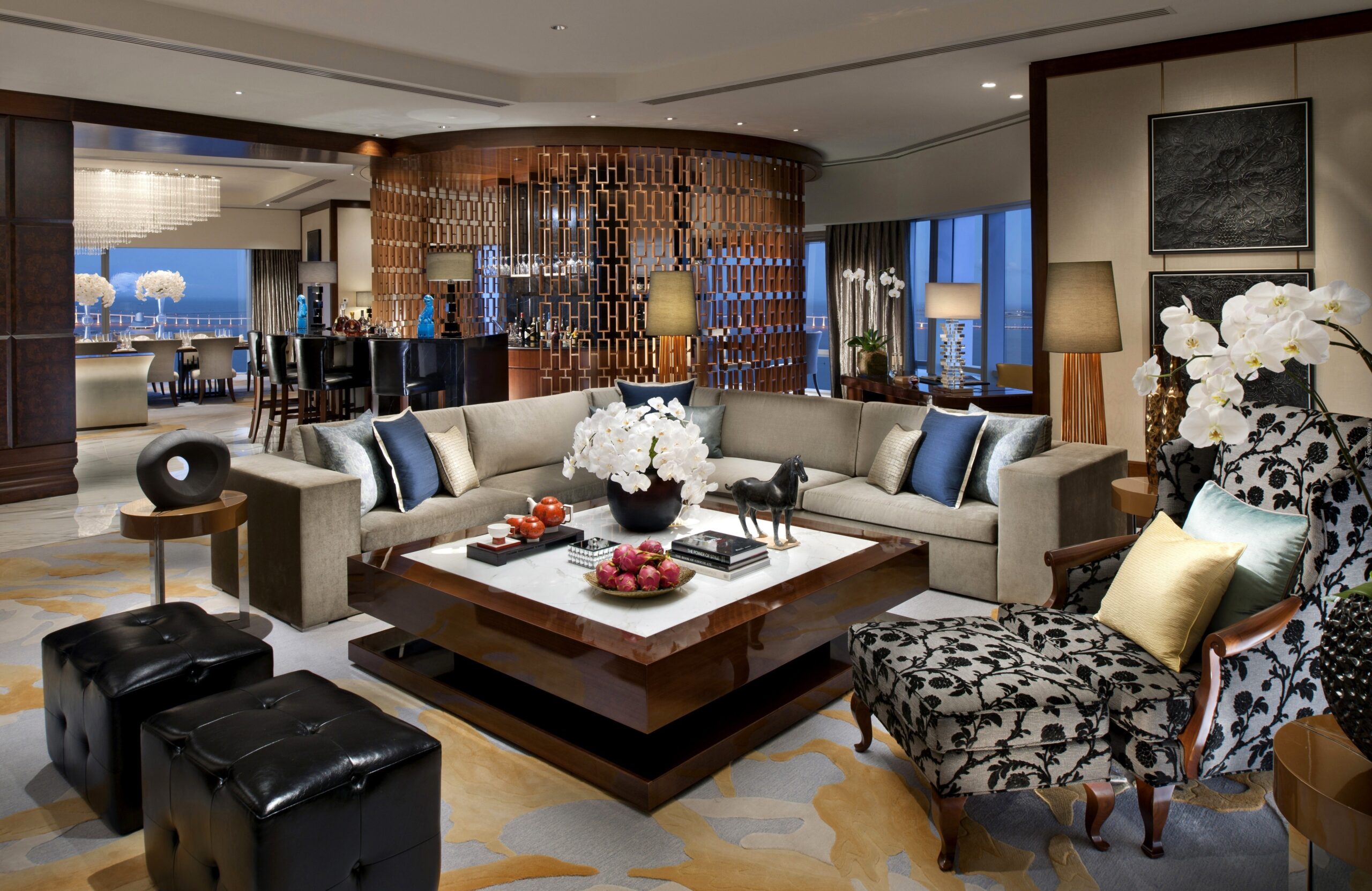
DECOR
Artwork and Wall Décor
Artwork and wall décor add personality and charm to any room. They serve as focal points and conversation starters, contributing to the overall character of the space.
Key Points:
Art Selection
Choose artwork that resonates with your style and enhances the room’s theme.
Gallery Walls
Create a gallery wall for a curated and impactful display.
Wall Treatments
Consider options like wallpaper, murals, or textured panels for added visual interest.
Textiles and Patterns
Textiles such as rugs, curtains, and cushions introduce texture and pattern into a room, adding warmth and visual appeal. Patterns can also help define different areas within a space.
Key Points:
Pattern Coordination
Mix and match patterns thoughtfully to create a cohesive look.
Textile Quality
Opt for high-quality fabrics that are durable and easy to maintain.
Layering
Use textiles to add layers of texture and color for a rich, inviting environment.
Innovative Décor Trends
Sustainable and Eco-Friendly Materials
As awareness of environmental issues grows, many homeowners are turning to sustainable and eco-friendly décor options. These materials not only help reduce environmental impact but also often bring unique and natural beauty to a space.
Key Points:
Recycled Materials
Use items made from recycled or reclaimed materials.
Natural Elements
Utilize materials such as bamboo, cork, or reclaimed wood.
Eco-Friendly Brands
Support brands that prioritize sustainability in their products.
Smart Home Integration
Smart home technology is increasingly being integrated into décor, enhancing both convenience and efficiency. Smart fixtures and systems can be seamlessly incorporated into modern décor schemes.
Key Points:
Smart Lighting
Use programmable and remote-controlled lighting for added flexibility.
Home Automation
Integrate systems for controlling temperature, security, and entertainment.
Tech-Integrated Furniture
Consider furniture with built-in charging ports or smart features.
Biophilic Design
Biophilic design emphasizes the connection between indoor spaces and the natural environment. By incorporating natural elements, you create a calming and refreshing atmosphere.
Key Points:
Indoor Plants
Use a variety of plants to bring life and greenery into the space.
Natural Light
Enhance natural light by incorporating large windows or skylights.
Natural Materials
Incorporate materials such as stone, wood, and water features.
Personalizing Your Space
Custom Pieces and DIY Projects
Custom and DIY projects allow for a personal touch that can make a space truly unique. Whether creating your own art or modifying existing furniture, these projects add individuality to your décor.
Key Points:
Custom Art
Create or commission artwork that reflects your style and interests.
DIY Furniture
Upcycle or personalize furniture pieces to fit your design vision.
Personal Touches
Add items with sentimental value or that showcase your creativity.
Mixing and Matching Styles
Mixing and matching different styles can create a dynamic and eclectic environment. Combining elements from various design genres adds depth and interest to your décor.
Key Points:
Eclectic Combinations
Mix modern with vintage, or industrial with bohemian for a unique look.
Balance and Contrast
Ensure that different styles complement rather than clash.
Layered Look
Use various textures, colors, and patterns to blend styles seamlessly.
Seasonal and Thematic Updates
Updating décor seasonally or thematically keeps your space fresh and aligned with current trends. Seasonal changes can bring new colors and elements into your home, reflecting the time of year.
Maintenance and Care
Cleaning and Upkeep
Regular cleaning and maintenance are essential for keeping décor items looking their best. Proper care extends the lifespan of décor pieces and preserves their appearance.



